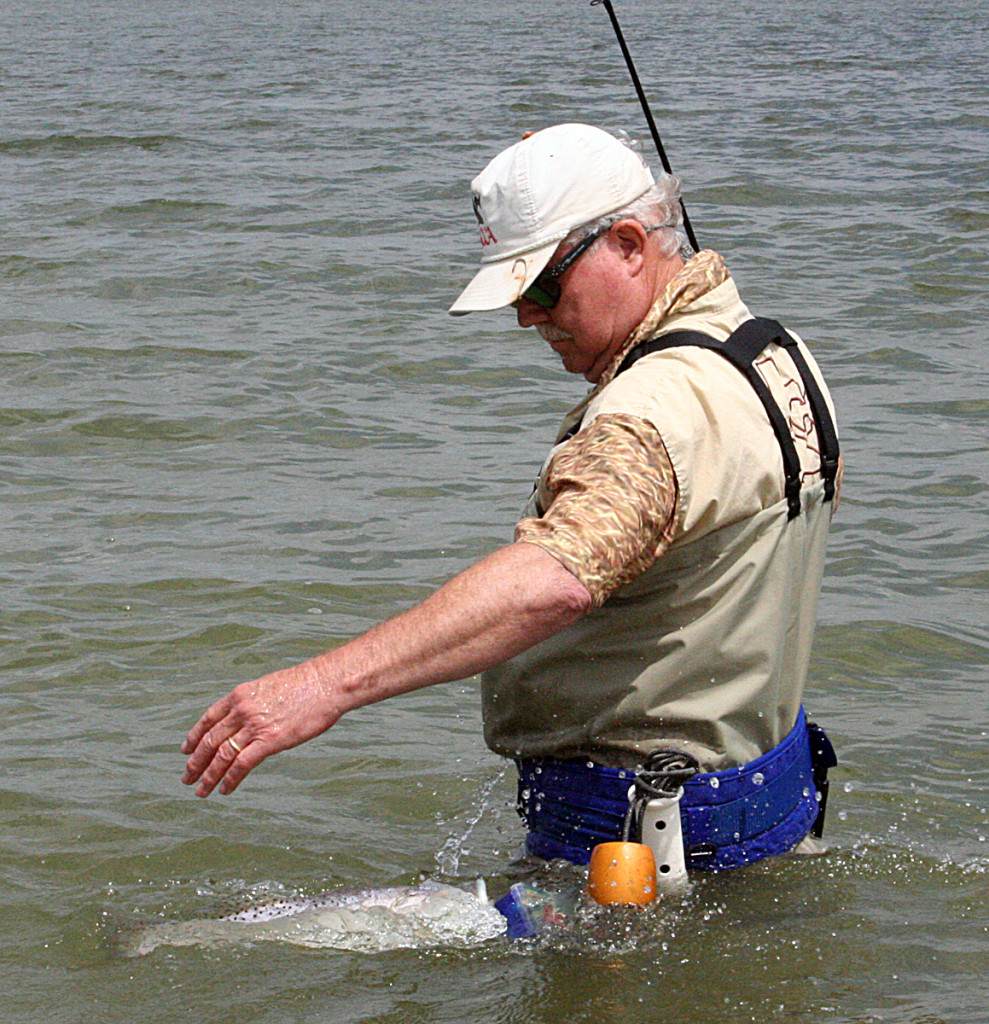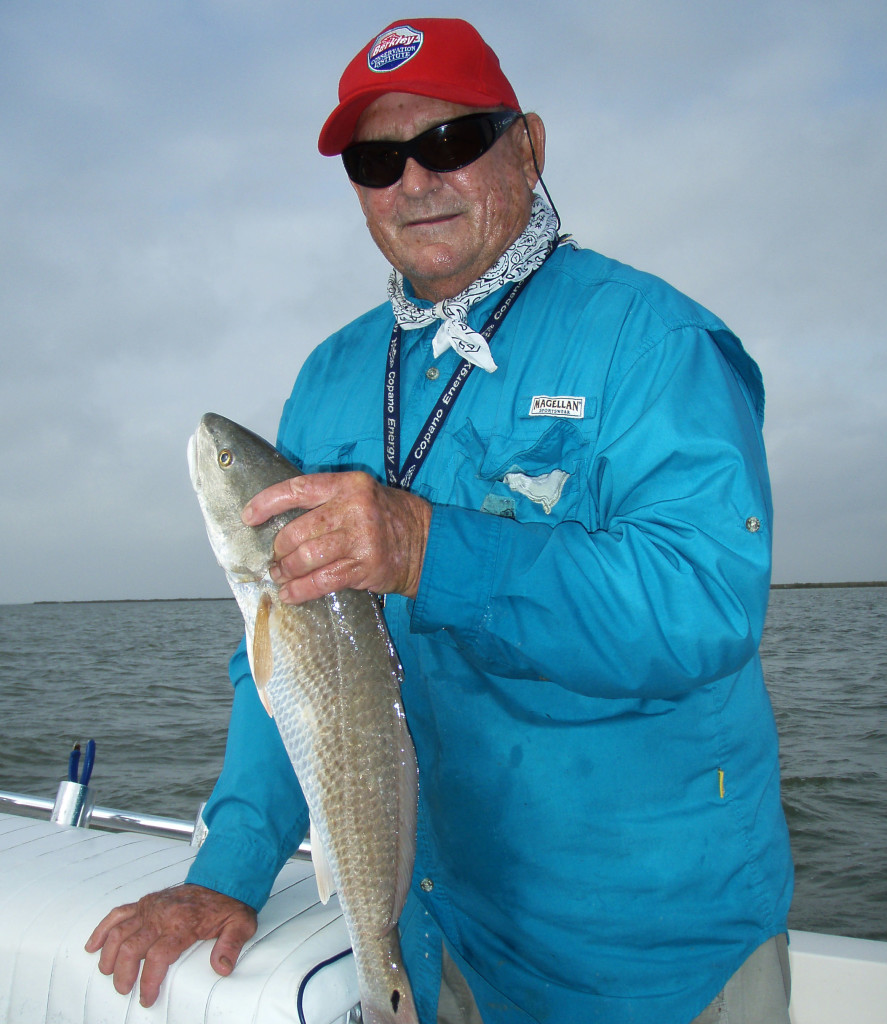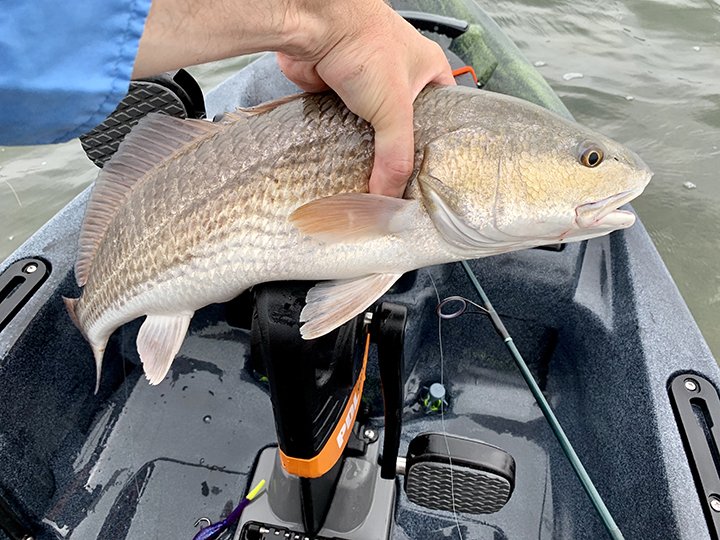The Texas coastline stretches from the Louisiana border to the Mexican border and harbors game fish of all shapes and sizes — and tastes.
With that in mind, here’s a summer saltwater fishing guide, featuring more than a few reasons why it’s worth making the trip south or east, at least for a few days when the weather’s scorching outside.
Rockport (redfish, flounder, speckled trout)
The fishing pressure in this jewel of a tourist spot has never been higher, but nearby Aransas Bay and Copano Bay have long been the summer destinations of choice for tens of thousands of avid anglers, and for good reason — the ecosystems support healthy numbers of superb angling targets.
The shallows of Aransas Bay are prime for wade fishing, allowing anglers to get close to tailing redfish, hungry schools of speckled trout and the occasional but much welcome flatfish, which surprisingly will rise to hit a number of baits drawn across sandy “potholes” dotted with a variety of sea grasses. Copano Bay, like Aransas Bay, also features a number of shell reef systems that almost always harbor trout during the heat of the summer — and some good ones, too.
You can’t overlook using natural baits for success, and local bait shacks always carry live croaker and shrimp for the angler hoping to increase their chances this time of year. The prime way to enjoy a day of catching — regardless of the species — is to use shrimp and a popping cork, which stimulates game fish activity and has been used for decades.

Sabine Pass (redfish)
The natural outlet from Sabine Lake into the Gulf of Mexico south of Port Arthur is one of the truly amazing ecosystems in our state. If you’re looking to find bull reds later in the year, the beaches along the pass are at the top of the list of prime fishing grounds. Look for schools of baitfish and you’ll find feeding reds not far behind. That holds true whether you’re on the beachfront or working from a pier, no matter what time of year you’re lucky enough to be fishing.
Live bait is a winner in most scenarios, including for the wading angler, but don’t overlook the venerable gold spoon and soft plastics. And always be sure to use stout tackle and keep the drag looser than you would for other fish; these battlers can make a mockery of some of the best fishing tackle on the market.
If you’re using live bait, circle and wide-gap hooks work best for increasing the chances of a solid hookup with a big fish and they don’t require a big hookset to connect.
Crabbing along Texas coast geared toward simplicity, fun, food
Upper and Lower Laguna Madre (speckled trout)
The area from south of Corpus Christi to past Baffin Bay and then on down to South Padre Island is an ecosystem suited to lots of speckled trout — and big ones, too. If you had to pick one area to focus on during the middle of summer, whether you prefer to fish from a boat or wade, the top portion of the “Mother Lagoon” is your best bet.
The deeper channels of the Intracoastal Waterway often hold fish in many places, as the critters move deeper when temperatures warm and come up shallower onto the flats when it gets cooler. Live bait remains a staple of trout fishing this time of year for guides, and catching your own can be done with a cast net, simply by patrolling shorelines early in the morning in search of roving mullet or piggy perch.
You’re also in luck if you prefer artificials, and spoons, and paddletail soft plastics and a variety of flies flung from a long stick will work just as well, especially when you find schoolies. The fly fishing aficionado can find success with imitations that resemble minnows, other small baitfish and crabs, which a number of other species including redfish also can’t resist.
Don’t forget to shuffle your feet to alert stingrays of your presence if you’re wading, and it’s never a bad idea to invest in stingray guards.

Baffin Bay (speckled trout)
This remote stretch of water near Riviera has long been the go-to spot for large specks, and despite studies into its water quality, there’s no reason to think this won’t continue to be the hot spot it always has been.
It’s always advised to fish with a guide on this body of water near the “Wild Horse Desert” for a number of reasons, mostly due to the boat-wrecking calcified tubes of serpulid worms famous for consistently harboring the largest speckled trout in Texas.
The dead of winter typically features the hottest fishing opportunities for really big fish, 8- or 9-pound specks that reach into the 30-inch class, but those fish can still be found during the heat of summer, especially when hungry fish hit topwater plugs. Other baits to consider are paddletail plastics in natural colors, such as bone, and larger spoons.
The Texas Parks and Wildlife Commission in late January adopted proposals reducing the slot limit and daily bag from the Matagorda Bay system all the way down the coast to the Mexican border. The new trout regulations setting a 17- to 23-inch slot limit with no keeping of oversize fish and changing the daily bag to three fish will include the Upper and Lower Laguna Madre, as well as Corpus Christi Bay, Aransas Bay and San Antonio Bay, in addition to Matagorda. The regulations also will be in effect 500 yards off the beach into the Gulf of Mexico in those areas.
The previous trout regulations across the entire Texas coast featured a 15- to 25-inch slot and the ability to keep one fish over 25 inches as part of a five-fish daily bag.
Texas angler recounts painful encounter after stepping on stingray
Aransas Pass to Port Aransas (kayak fishing)
For the kayak angler, there’s no better time than the present to hit skinny water locales such as those in the Lighthouse Lakes area along State Highway 361, known as the “Kayak Highway of Texas,” and other nearby Coastal Bend hot spots that feature thousands of acres of sandy or mud bottoms marked with swaying sea grass.
They also have lots of fish, too.
The scorching temperatures of summer make hitting the water early a vital part of success, and anglers should stay hydrated and recognize the warning signs of heat exhaustion early, but that shouldn’t be a deterrent to trying your hand in skinny water. Redfish are the No. 1 target of most kayak anglers and it’s not uncommon to find “sunbathers,” those fish that are tailing in water so shallow their backs actually stick out of the water.
Be sure to pare down your gear since it can weigh you down, but don’t forget to include the staples of shallow-water angling including spoons, paddletail plastics and shrimp imitations that your angling targets so greatly enjoy.
Summer is a great time to be an angler in Texas, and with school out, be sure to take along your own youngsters for the trip of a lifetime. You and they won’t be disappointed.
Texas speckled trout fishery undergoes historic regulation changes




















Great post and very well explained. I believe in professionals so this is a very useful post for everyone. Many thanks for sharing.
Great article with lots of helpful information. Just want to mention Galveston Bay, we still catch them pretty good down here. Our fishery is striving and we have also gone thru some bad weather events and changes in our limit laws too. I think it has helped us and has I have seen a vast improvement in the overall health of our fishery.